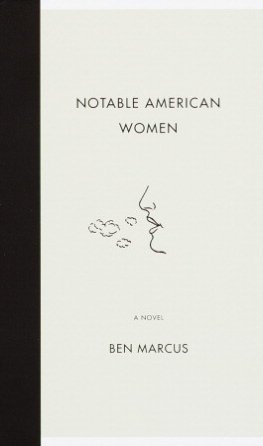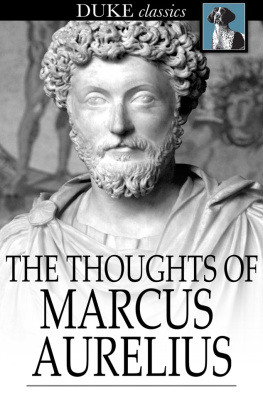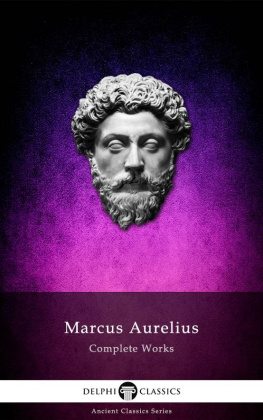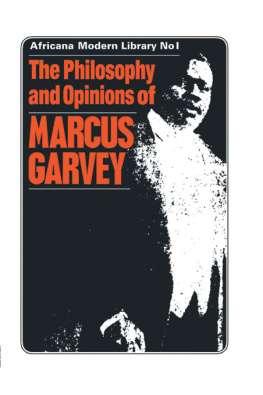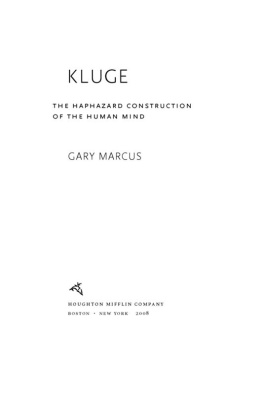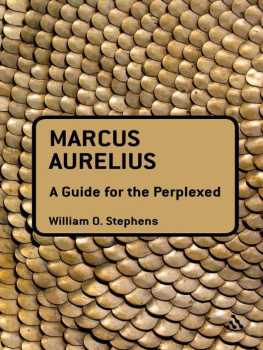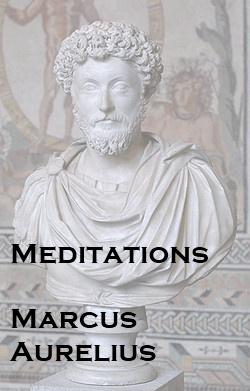
Dedication40 Years Later
In 1966 I was one of 75 students in a classic course at the University of Chicago, The Modern City. A wonderful pair of professors taught usHarold MayerThey presented the fundamentals of urban geography and urban economics, respectively, and their teachings have guided my thinking ever since. Each of them had minor handicapsMayer with his misformed arms and Meyer with his bad eyesight and stammer, which gave students time to write everything down. In class, Mayer swung the old slide projector up to the table, then showed us wonderful photographs from cities of past and present. His pictures were not for amusement; every picture illustrated a general point that stuck in the mind afterward.
Not only were Mayers publications widely known, but he was also very active in urban and regional planning. Later he moved to the University of WisconsinMilwaukee, contributing to the local and regional planning process. His wonderful photographic collection is now archived in their library.
Gerhard Meyer had escaped the Nazis and was a personal friend of the famed theologian Paul Tillich. He published almost nothing, instead having his influence indirectly through his students. Meyer was appreciated by his colleagues, but they unfortunately required two decades to promote him to full professor.
Both Mayer and Meyer were masters at organizing information. Their good humor always reinforced learning, rather than distracting from it. One has been dead for 30 years, and the other for 10, but I have not forgotten them or what they taught me.
Notes
. American geographer and urban planner (19161994). Served in the U.S. Office of Strategic Services during World War II, the Philadelphia City Planning Commission, and the Chicago Plan Commission, where he helped to develop the St. Lawrence Seaway. Professor at University of Chicago (19501967), Kent State University (19681974), and the University of WisconsinMilwaukee (1975 until his death).
. American economist of German origin (19031973). Emigrated in 1933 to France, in 1935 to Great Britain, and in 1937 to the United States. Taught at the University of Chicago from 1937 onwards, and was appointed full professor after 1965. Meyer also taught the economics module in the core curriculum.
Marcus Felson
Rutgers University, School of Criminal Justice
Copyright 2006 by Sage Publications, Inc.
All rights reserved. No part of this book may be reproduced or utilized in any form or by any means, electronic or mechanical, including photocopying, recording, or by any information storage and retrieval system, without permission in writing from the publisher.
For information:
 | Sage Publications, Inc.
2455 Teller Road
Thousand Oaks, California 91320
E-mail: order@sagepub.com |
Sage Publications Ltd.
1 Olivers Yard
55 City Road
London EC1Y 1SP
United Kingdom |
Sage Publications India Pvt. Ltd.
B-42, Panchsheel Enclave
Post Box 4109
New Delhi 110 017 India |
Printed in the United States of America.
Library of Congress Cataloging-in-Publication Data
Felson, Marcus, 1947
Crime and nature / Marcus Felson.
p. cm.
Includes bibliographical references and index.
ISBN 0-7619-2909-6 (cloth) ISBN 0-7619-2910-X (pbk.)
1. Criminal psychology. 2. Criminal behavior. I. Title.
HV6080.F295 2006
364.3dc22
2005031627
This book is printed on acid-free paper.
06 07 08 09 10 11 9 8 7 6 5 4 3 2 1
| Acquisitions Editor: | Jerry Westby |
| Editorial Assistant: | Kim Suarez |
| Project Editor: | Tracy Alpern |
| Copy Editor: | Cate Huisman |
| Typesetter: | C&M Digitals (P) Ltd. |
| Indexer: | Will Ragsdale |
Contents
List of Exhibits
Preface
I n 1916, Ernest W. Burgess published a classic but forgotten paper that marked the beginning of the ecology of crime.
These scholars drew ideas from the life sciences, especially the larger field of ecology. Such ideas helped them understand cities and crime within them. Unfortunately, little conceptual progress has followed after their efforts. More recent knowledge about ecology has not been adequately applied to crime. The task of this book is to borrow once more from the life sciences to help tell the story of crime in neighborhood, city, metropolis, and beyond.
Two special groups of life-scientists can help us in practical ways. Naturalists know how to gather and synthesize information about plants and animals and their natural history, as well as their daily nurture. They show us how to put together information about crime as well. Ecologists can relate diverse forms of life interacting and adapting, both locally and within a larger world. Even without genetic change, organisms adapt to their environmentin ways highly relevant to crime. This book is a chronicle of how such adaptations occur, and how it is relevant to crime prevention as well.
I have designed this volume for students who have already been exposed to standard theories of crime. I shall not repeat these theories. Instead, this book pushes ahead. My purpose is to synthesize diverse crime information within a single coherent framework. The tangible features of the social and physical world help achieve such a synthesis. Thats why I have looked beyond criminology for assistance. Naturalists and ecologists gaze widely in space and time, and are masters of synthesis. They have learned how to make practical decisions and push forward. They will help us organize whats known and can be known about crime.
Notes
1. E. W. Burgess, Juvenile Delinquency in a Small City, Journal of the American Institute of Criminal Law and Criminology 6 (1916): 724728.
2. E. W. Burgess, The Growth of the City (Chicago: University of Chicago Press, 1925).
.
4. C. R. Shaw and H. D. McKay, Juvenile Delinquency and Urban Areas (Chicago: University of Chicago Press, 1942). Other important references to their work are offered in the endnotes of the last chapter of this book.
5. But see subsequent work by A. Hawley, Human Ecology: A Theory of Community Structure (New York: Roland, 1950). I regret not spending more time here on Professor Hawleys contribution, which played an important role in my intellectual development.
Acknowledgments
I thank three colleagues at Rutgers University for their assistance: Ronald V. Clarke provided ideas and read a messy draft, helping me over several decades to refine my understanding of crime. Michael Maxfield offered useful suggestions, including the books title, and I much appreciate a man who reads so many books, and thinks about them. Mercer Sullivan has argued with me politely and incisively. Richard Felson offered major criticism, and I listened too himeven though he is a younger brother. My nephew, Alex Felson, also helped me understand Charles Darwin (whose ideas have to be selected for and adapted to the study of crime). Gloria Laycock (of the Jill Dando Institute of Crime Science at University College, London) contributed many thoughts about crime science over the course of many years. Johannes Knutsson of the National Police Academy, Norway, gave several useful suggestions in the course of many visits. Arlen Egley of the National Youth Gang Center allowed me to pester him with e-mail questions. Scott Decker, of the University of MissouriSt. Louis, made some worthwhile comments about gangs. Malcolm Klein, who pretends to be retired, was critical as always, and I took many of his thoughts into account. Richard Block of Loyola University offered useful comments about juvenile gangs, as did Wesley Skogan of Northwestern University. Nick Ross (of the BBC in London) suggested the term crime science. Paul and Patricia Brantingham assisted me personally and intellectually over too many years and in too many ways to reconstruct.






